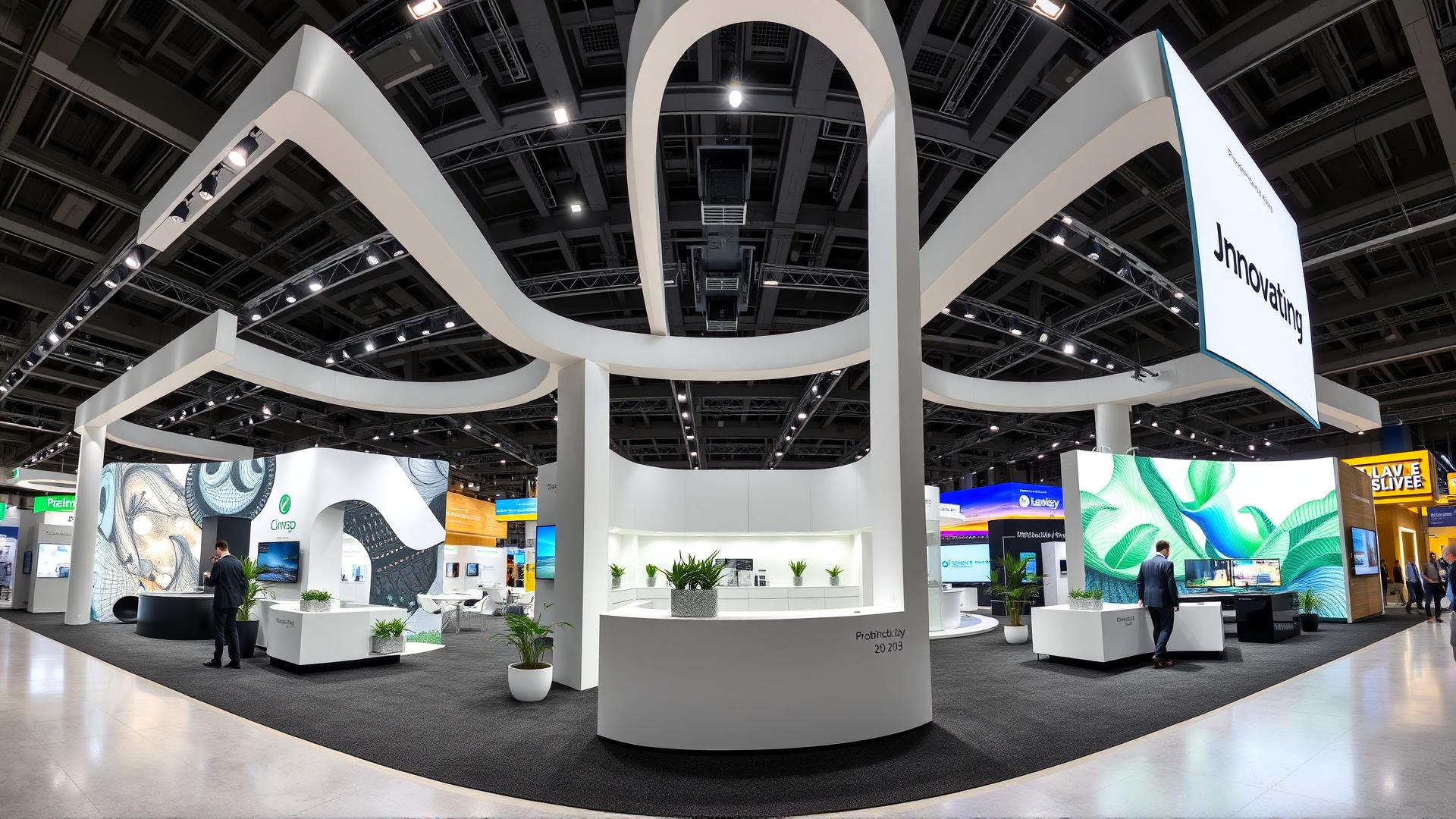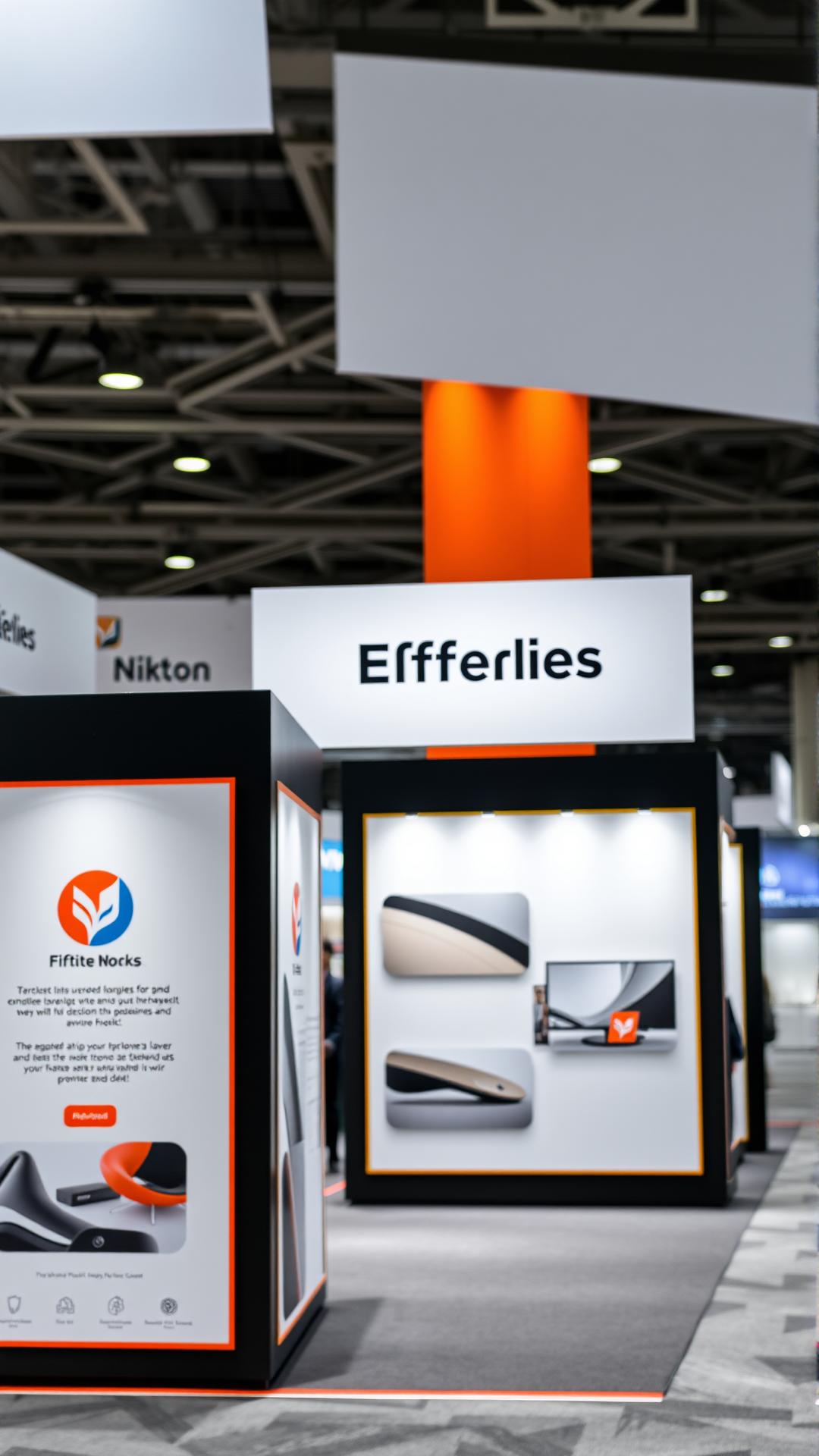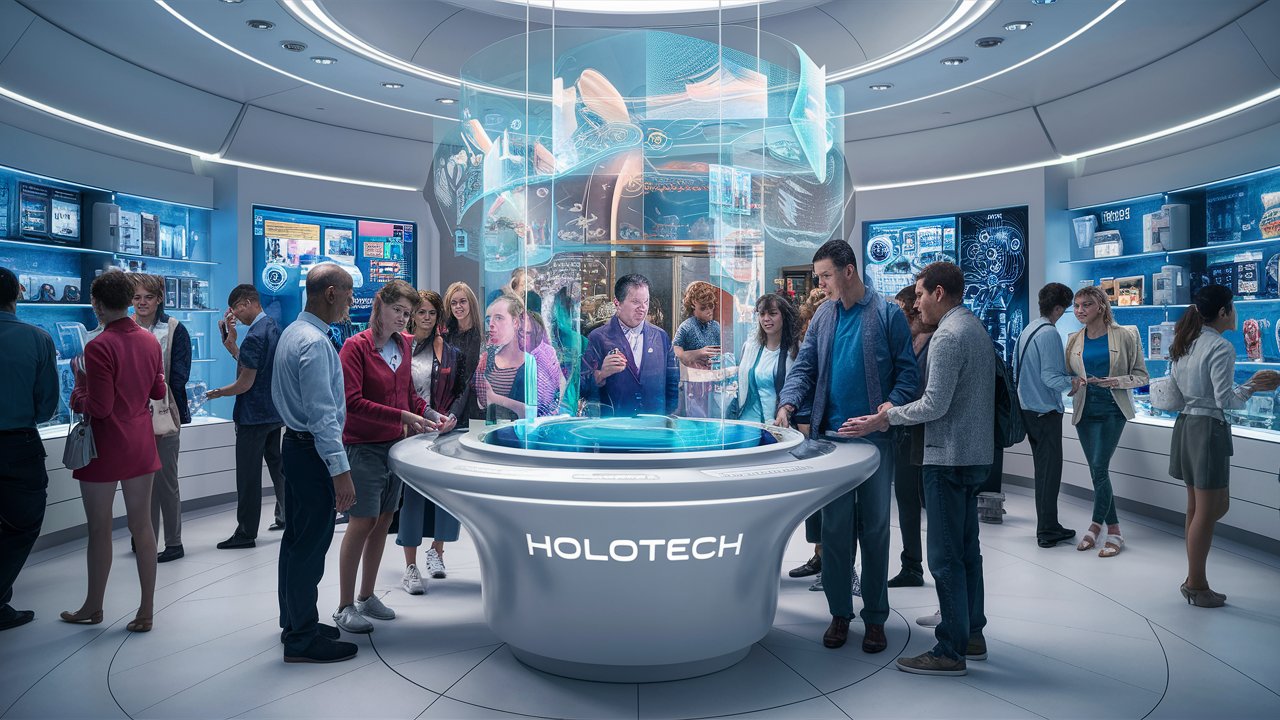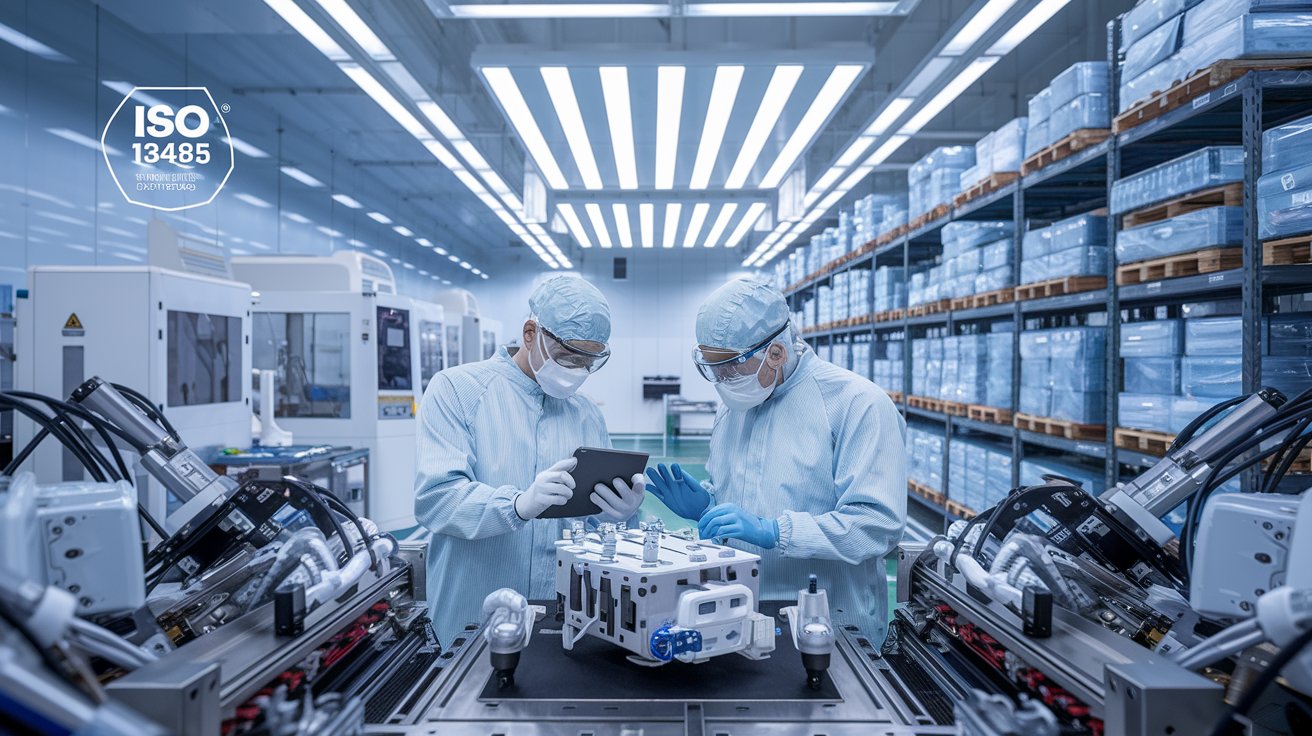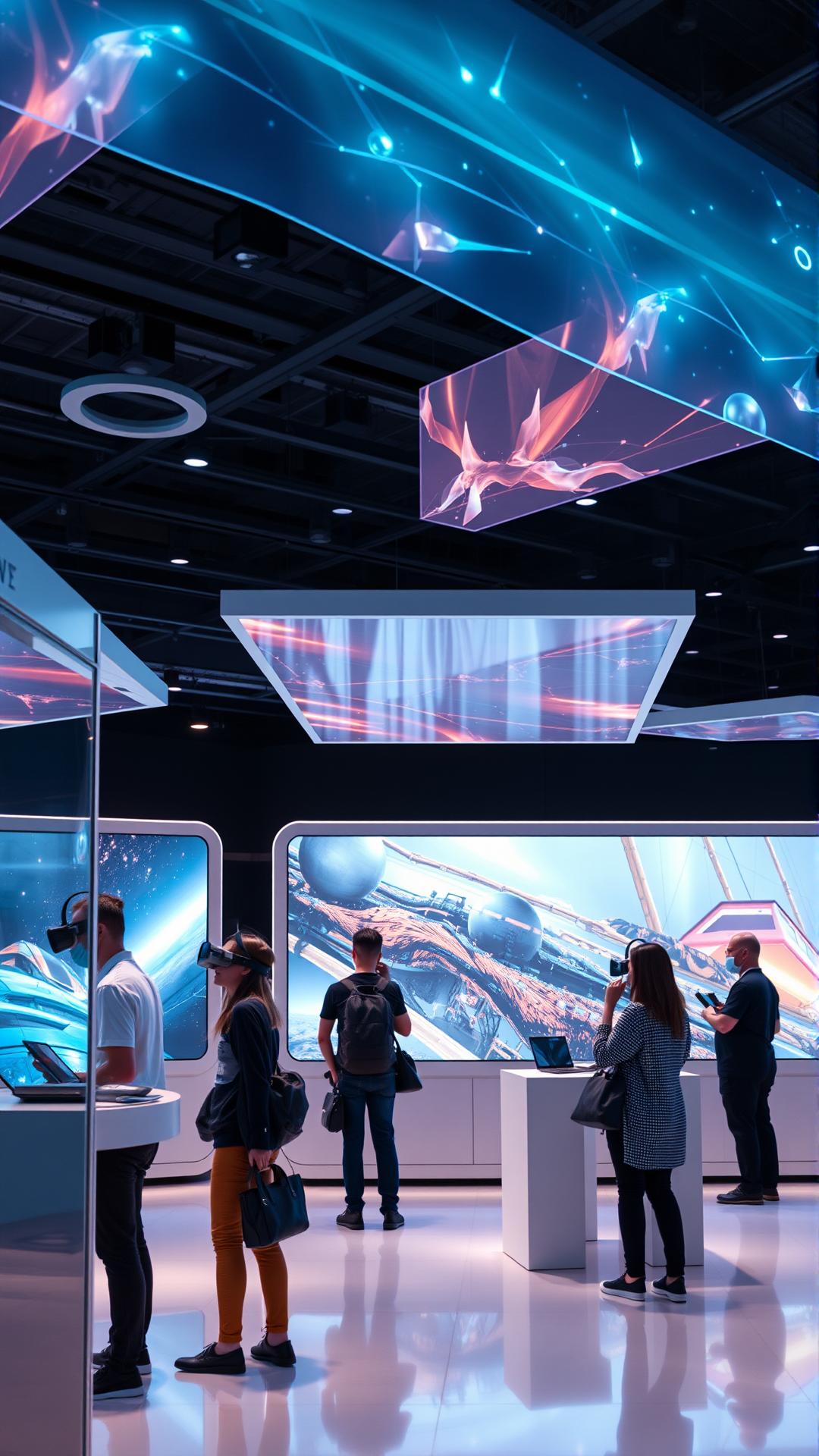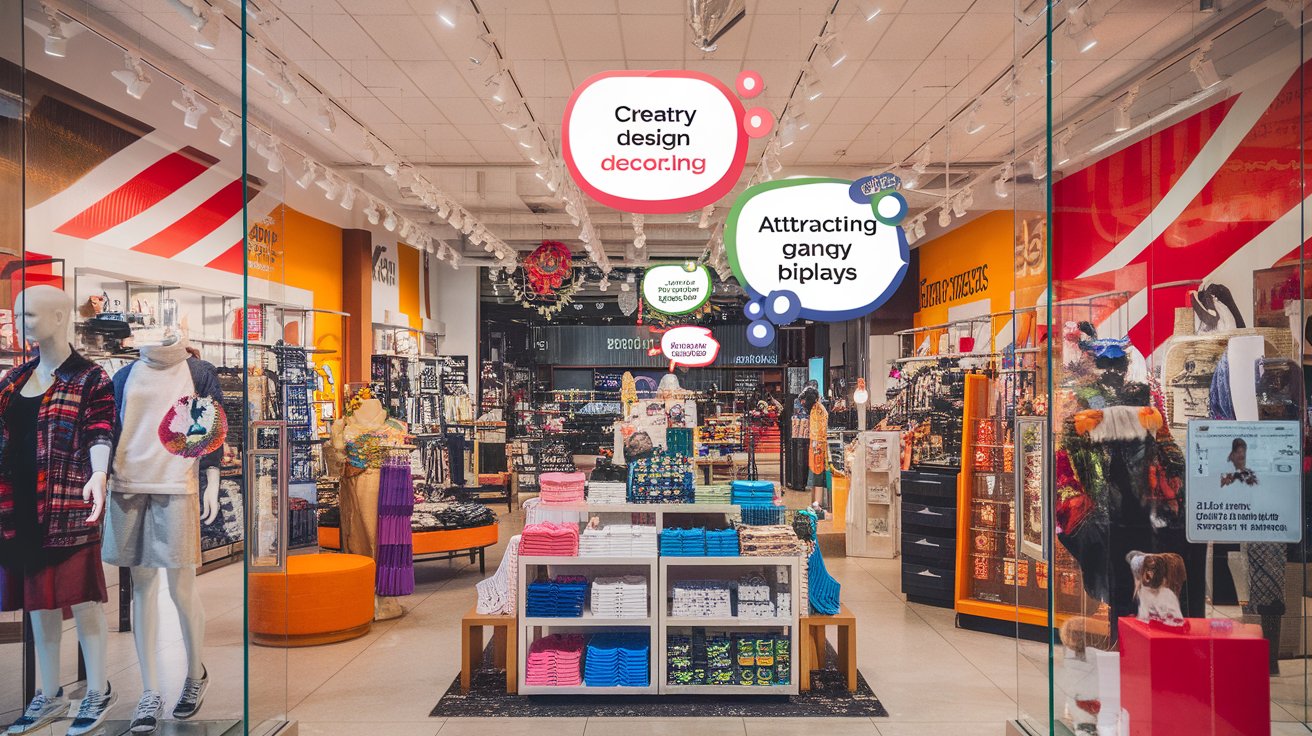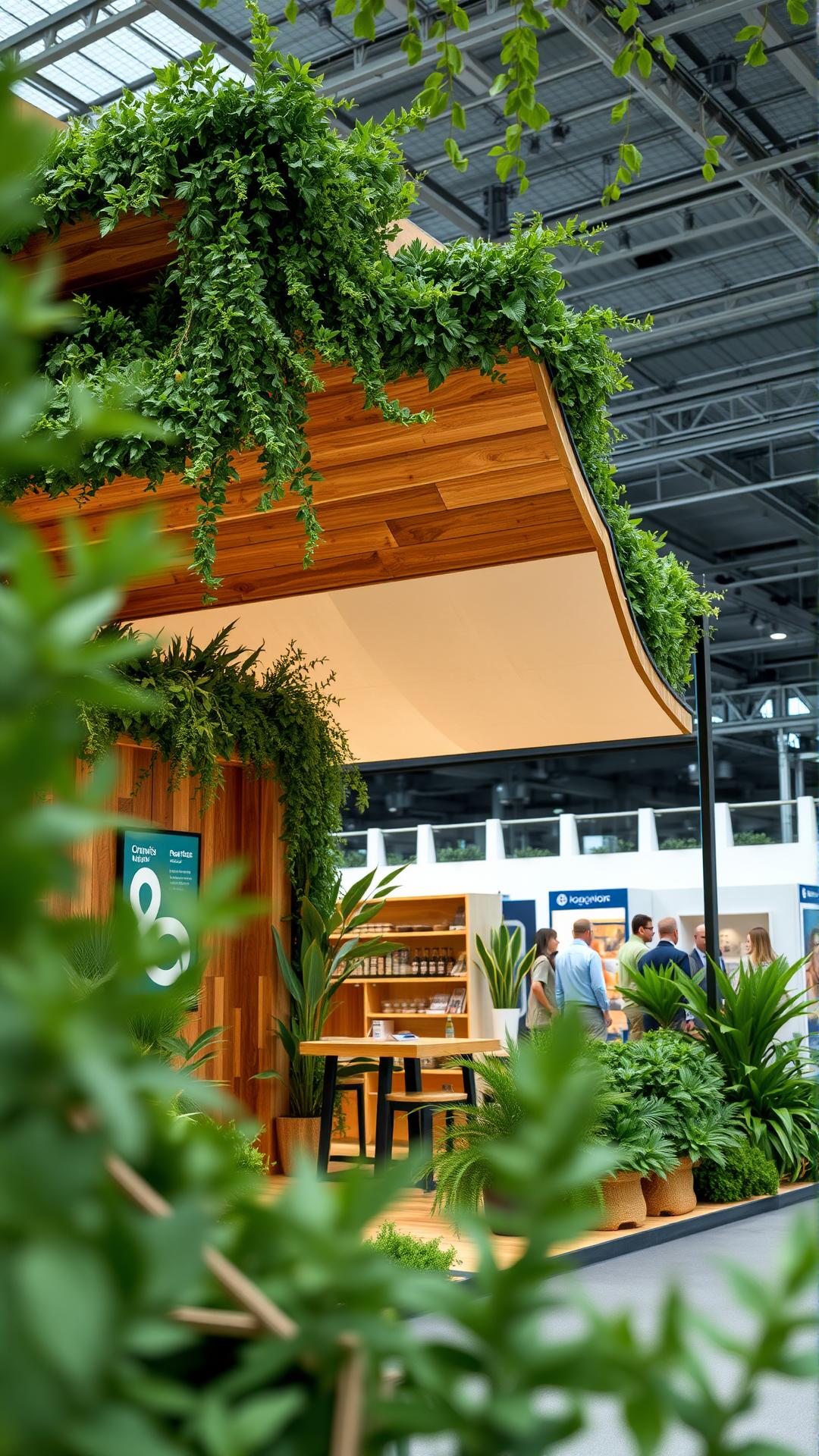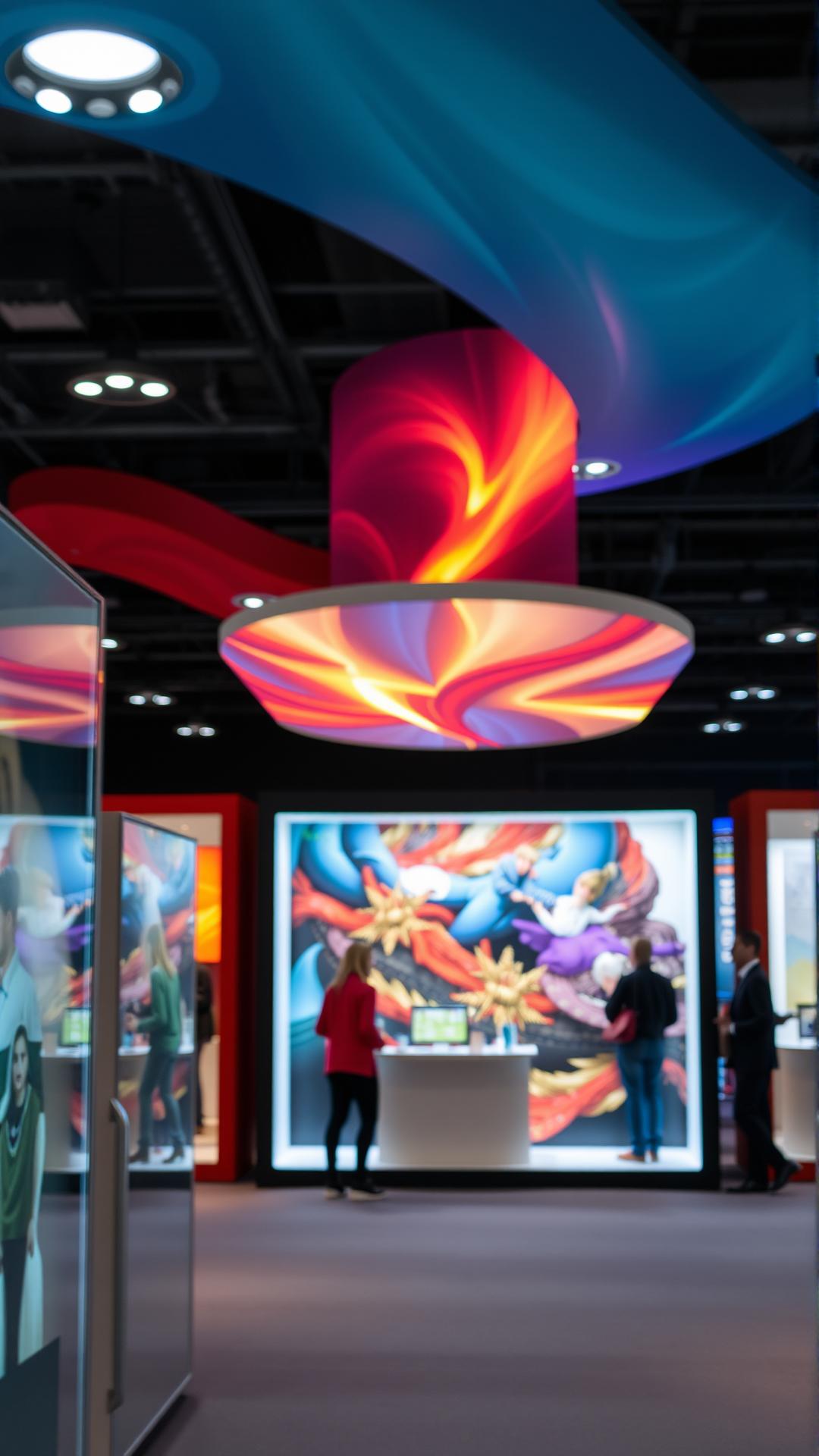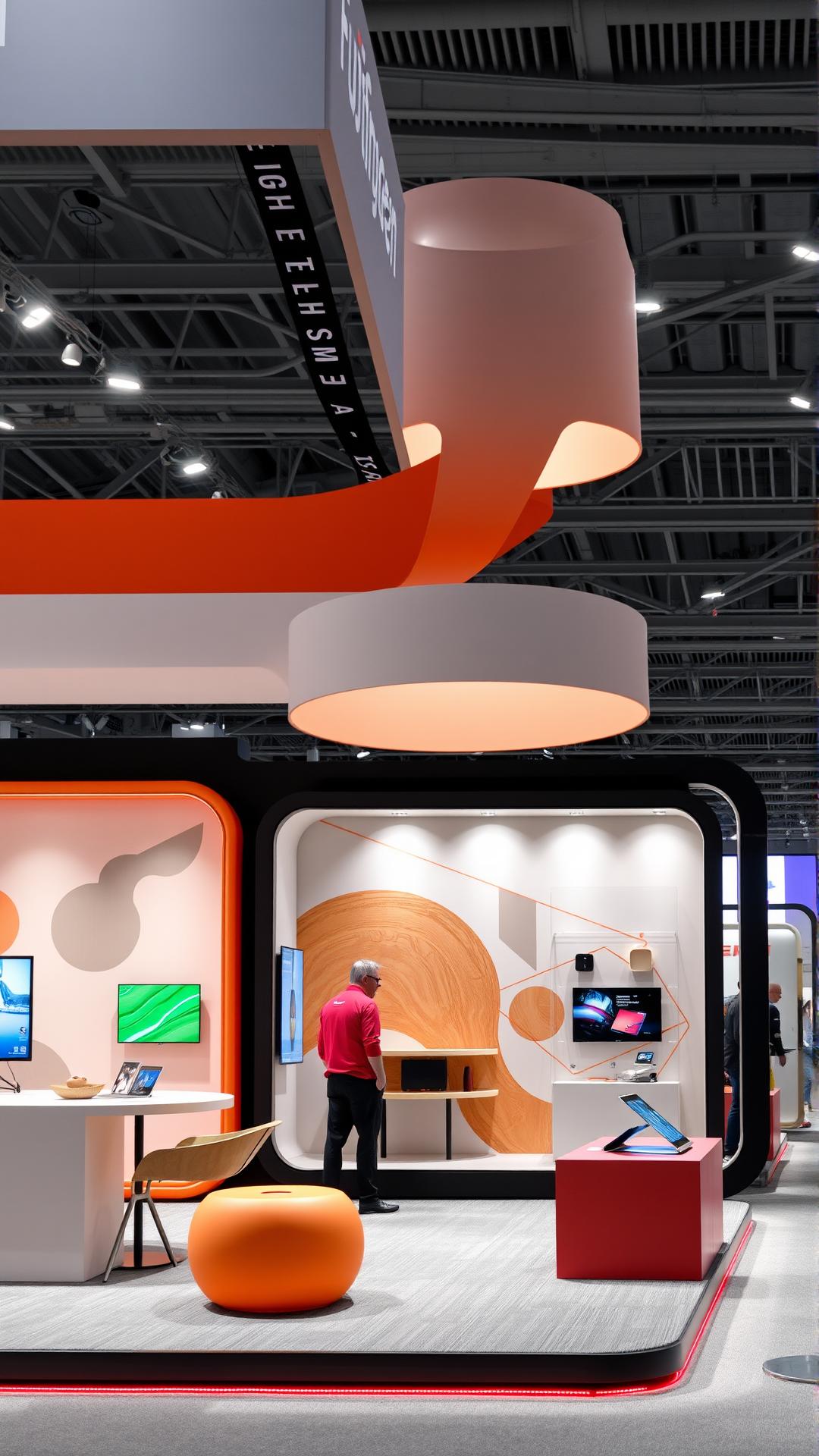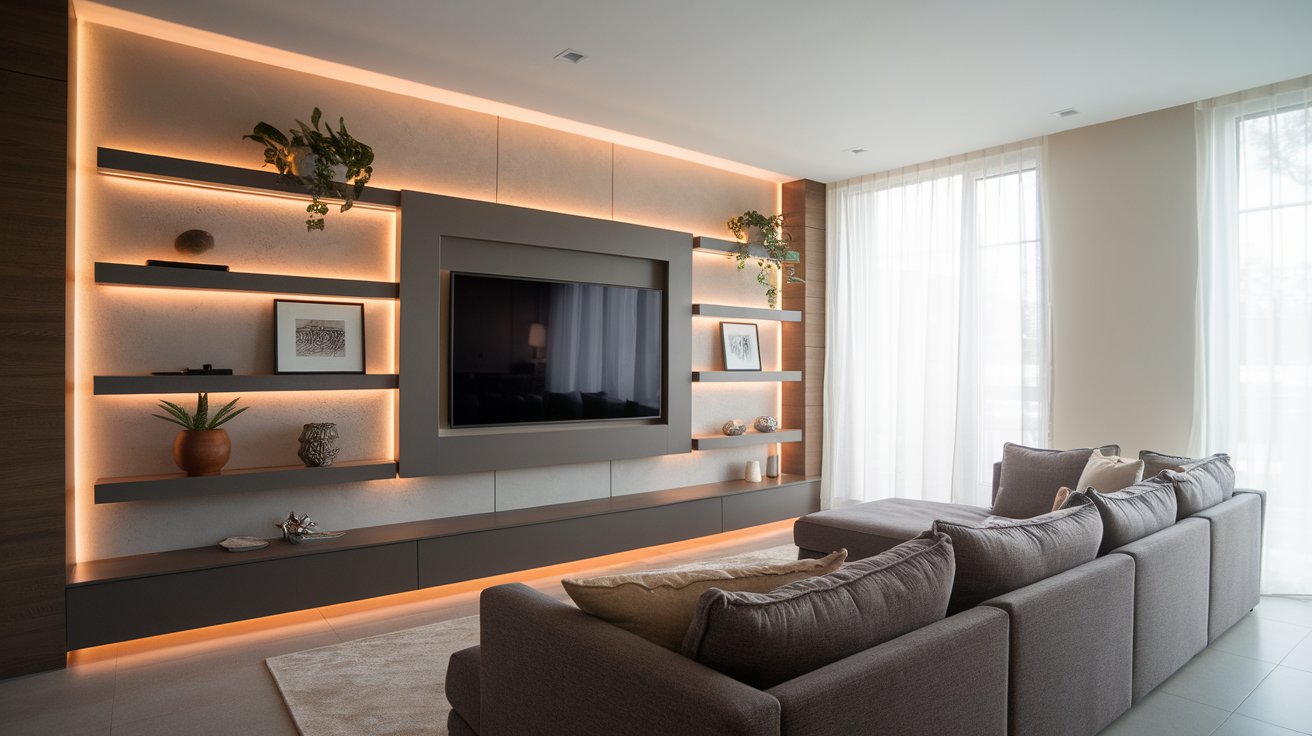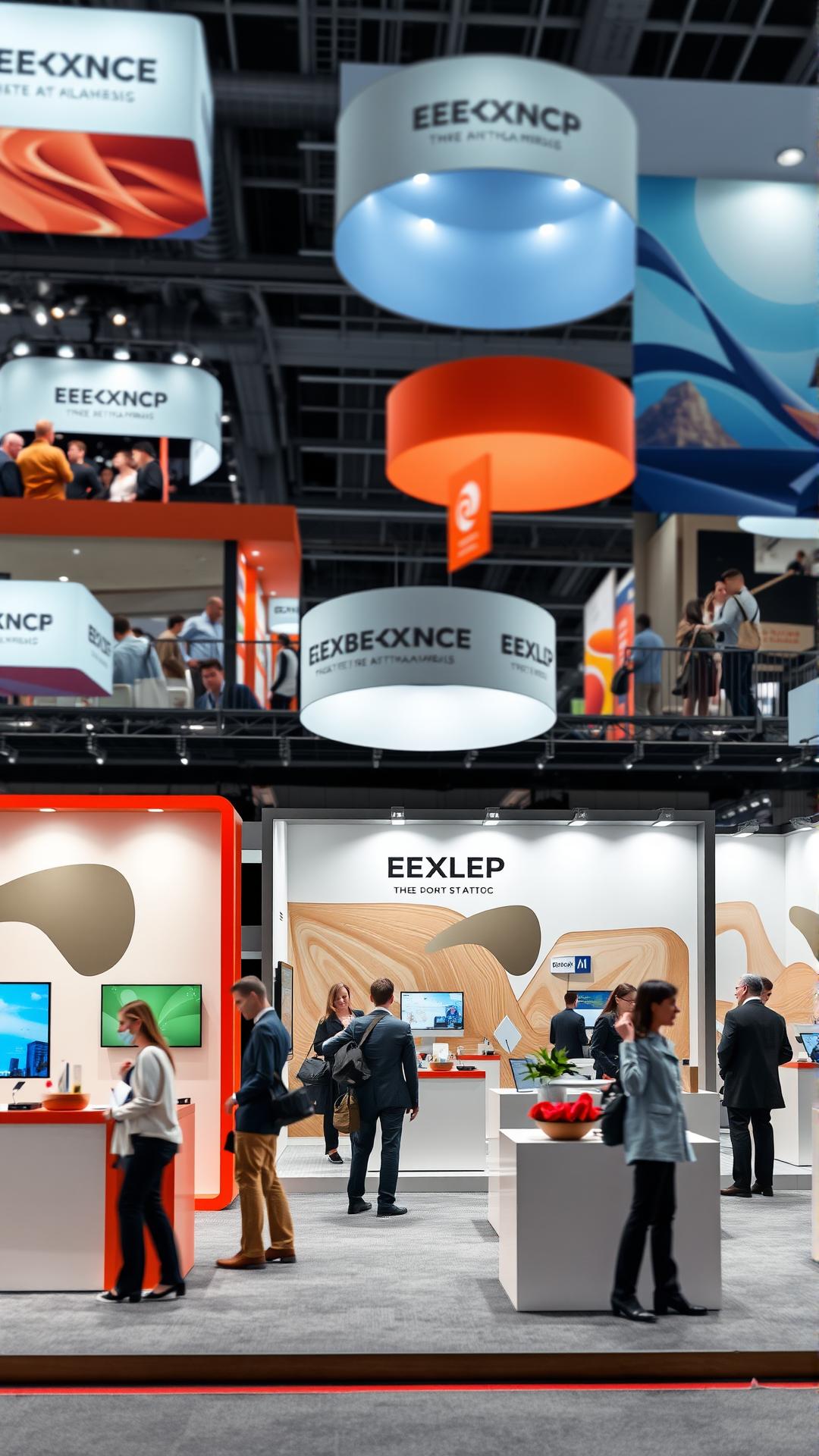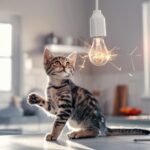Introduction
In today’s competitive marketplace, the importance of an inspiring exhibition booth design cannot be overstated. Businesses often seek creative and effective ways to capture attention at trade shows, exhibitions, or conferences. A modern presence is essential for standing out among numerous competitors. By integrating cutting-edge designs, businesses can communicate their brand messages more effectively and engage with potential customers in a meaningful way. The intricacy of exhibition design goes beyond aesthetics; it involves thoughtful planning and strategic implementation to ensure that the booth resonates with the target audience.
This article presents an array of contemporary exhibition booth design ideas, focusing on elements that enhance visual appeal and functionality. From interactive displays to sustainable materials, we will explore innovative concepts that cater to changing consumer demands and preferences. The goal is to equip companies with insights that will transform their exhibition experiences and make a lasting impact on visitors, ensuring that every event is a memorable encounter.
Understanding the Fundamentals of Exhibition Booth Design: Key Principles for a Modern Presence
Effective Layouts and Clarity of Purpose
The foundation of a successful exhibition booth rests on its design principles. A well-organized layout significantly impacts how visitors engage with your space. Consider the flow of foot traffic, as ease of movement can encourage potential clients to explore every corner of your booth. Creating designated areas for different activities—such as product demonstrations, interactive displays, or meeting spaces—can streamline visitor navigation and enhance their overall experience. It’s vital to understand the target audience and tailor the layout accordingly, ensuring it aligns with their preferences and expectations.
Clarity of purpose is another crucial element in booth design. Every component, from the furniture to the graphics, should serve a clear function that resonates with your marketing strategies. Avoid clutter; a clean, minimalistic approach often results in a more impactful presentation. Ensure that essential messages are prominently displayed, guiding visitors through the desired journey. The clearer your purpose, the easier it becomes for visitors to connect with your brand and offerings.
Branding: The Heart of Your Design
Branding plays an indispensable role in exhibition booth design. The incorporation of brand colors, fonts, and logos into every design element reinforces brand identity and recognition. Customization and consistency in imagery can establish a cohesive look that distinguishes your booth from competitors. Effective branding does not merely advertise your company; it communicates your values and ethos, creating an emotional connection with visitors.
Incorporating interactive elements that reflect your brand’s personality can further enhance visitor engagement. Technologies, such as augmented reality displays or touch-screen interfaces, can showcase products in an immersive manner. Even simple components, like branded giveaways, can leave lasting impressions and serve as tactile reminders of the experience. Every aspect of design—from layout to branding—should align seamlessly to craft a memorable encounter that emphasizes relevance and innovation.
Evaluating the booth’s performance post-event is instrumental in understanding the effectiveness of the design. Gathering feedback from staff and visitors can provide insights into what resonated well and what could be improved. By adhering to these foundational principles, you can transform your trade show experience into a modern presence that captivates and engages.
Innovative Booth Layouts for Maximum Engagement: Strategies for Modern Exhibition Spaces
Designing an exhibition booth that captivates attendees requires thoughtful consideration of layout. Innovative booth layouts not only enhance aesthetic appeal but also play a pivotal role in visitor interaction and engagement. Understanding diverse designs is crucial for creating a modern presence that stands out in the bustling trade show environment.
Interactive Island Layouts
The island layout is a popular choice for brands looking to maximize visibility and interaction. This design allows access from all sides, making it easy for attendees to enter and explore. The open space encourages organic movement, inviting visitors to engage without intimidation. Creating distinct zones within the island—such as demonstration areas, product displays, and seating—can further enhance interactivity.
- Pros: High visibility from multiple directions, encourages foot traffic, fosters social interactions.
- Cons: Requires larger space and budget, can lead to competition for attention among zones.
Linear Booths
Linear booths are common at trade shows and often feature a back wall with displays. This layout capitalizes on the linear space available, making it cost-effective while providing a clear focal point. By using creative backdrops and vertical displays, brands can capture attention from a distance.
- Pros: Easy to construct, effective for showcasing vertical products, suits small budgets.
- Cons: Limited interaction on sides, may feel closed off, potentially less memorable in crowded environments.
Curved or Custom Shaped Booths
Curved layouts or custom shapes break conventional boundaries and attract visitors with their unique designs. This approach can create intimate spaces that encourage conversations while still remaining open for multiple visitors. Using soft edges contributes to a welcoming atmosphere, where attendees feel more inclined to engage.
- Pros: Visually striking, effective for branding with curves, can create engaging conversations.
- Cons: More complex to design and construct, may require special permits or planning.
Modular Booths
Modular designs offer versatility, allowing exhibitors to adapt their layouts depending on the booth size and location. These layouts can be reconfigured for various events, making them a sustainable choice. Brands can incorporate different elements—like displays, seating, or interactive tech—into the modular setup to cater to different audience preferences.
- Pros: Flexibility for various exhibitions, sustainable investment, easy to transport and assemble.
- Cons: Initial investment can be higher, requires planning to effectively utilize space.
By carefully considering these innovative booth layouts, exhibitors can create an engaging space that resonates with visitors and amplifies brand presence. With a strategic approach to design, the potential to transform trade show experiences and foster meaningful connections is immense.
The Impact of Technology on Booth Design: Merging Innovation with Modern Presence
Modern technology has fundamentally transformed exhibition booth design, allowing businesses to create immersive experiences that resonate with attendees. Digital displays and virtual reality (VR) experiences have emerged as powerful tools to captivate visitors, making the booth not just a space to exhibit products but a dynamic environment that engages potential clients on multiple sensory levels.
Digital Displays: The Heartbeat of Modern Booths
Digital displays play a pivotal role in contemporary booth design. From high-definition screens showcasing promotional videos to interactive touch panels, digital technology has changed how brands communicate their message. These displays enable real-time content updates, ensuring that information remains current and relevant throughout the event.
One effective approach is utilizing large screens that incorporate video walls or LED panels. These installations can tell a brand’s story visually, creating an emotional connection with the audience. They can also be programmed to respond to viewer interactions, allowing visitors to explore content tailored to their interests. This level of engagement is critical in an age where attention spans are fleeting.
Another significant advantage of digital displays is the ability to collect data. By using analytics tools, exhibitors can track viewer engagement, understanding which content resonates most with attendees. This insight can be invaluable for future marketing strategies and booth improvements.
Virtual Reality: Transporting Visitors Beyond the Booth
Virtual reality has taken booth experiences to the next level, providing unique opportunities for immersive engagement. With VR headsets, brands can transport attendees to different environments—be it a manufacturing facility, a serene travel destination, or a showcase of products in action, enhancing understanding and appreciation of offerings.
The combination of VR with gamification elements can significantly increase visitor interaction. Games or simulations that require participation not only attract attention but also create memorable experiences associated with the brand. This retention is crucial for follow-up interactions post-event.
Integrating VR into a booth can reduce logistical challenges. Rather than physically transporting large products or displays, brands can provide a virtual glimpse into their offerings, saving time and costs.
As the boundaries of technology expand, embracing these tools in booth design will undoubtedly shape how brands present themselves at trade shows. The strategic use of digital displays and VR effectively engages visitors, making the booth a vibrant hub of interaction and modern presence, aligning perfectly with the evolving expectations of today’s trade show environment.
Sustainable Practices in Booth Design: A Modern Approach to Environmental Responsibility
Incorporating Sustainable Materials
One of the fundamental strategies for creating an eco-friendly exhibition booth lies in the selection of sustainable materials. Opting for recycled or upcycled components significantly reduces resource extraction and energy consumption. Exhibitors can choose materials such as bamboo, reclaimed wood, or recycled metals, which not only lower the carbon footprint but also add unique aesthetic elements to the booth, making it stand out to visitors. Additionally, utilizing fabrics made from organic cotton or recycled polyester can enhance the visual appeal while ensuring that the booth operates on a sustainable foundation.
Innovative Processes for Minimal Environmental Impact
Incorporating sustainable practices is also about the processes utilized during construction and design. For instance, employing modular designs allows for a booth that can be easily reconfigured for different events, minimizing waste created by one-time-use installations. These modular components can be reused across various shows, further reducing material waste. Another critical process is the use of environmentally friendly adhesives and paints. Choosing low-VOC or non-toxic finishes not only limits harmful emissions but also contributes to the health and safety of both exhibitors and attendees.
Focusing on energy efficiency during the booth’s operation can have a significant impact. Integrating LED lighting, which consumes less electricity and offers longer lifespan, as opposed to traditional lighting options, is an excellent way to minimize energy usage. Additionally, creating a booth that utilizes solar panels for power generation can enhance its sustainability profile; this initiative showcases commitment to eco-friendly practices while providing practical energy solutions.
Engaging Visitors with Sustainability in Mind
To further enhance the booth’s sustainable theme, exhibitors can engage with visitors on the subject of environmental responsibility. Providing educational materials about sustainable practices, hosting workshops, or demonstrating eco-friendly products can create an interactive experience that resonates with attendees. Incorporating elements such as living walls or vertical gardens not only serves as a beautiful design feature but also promotes the booth’s commitment to sustainability while enhancing air quality.
Integrating sustainable practices into exhibition booth design allows companies to contribute positively to the environment while creating a modern, innovative presence at trade shows. These strategies not only attract customers who value sustainability but also position brands as leaders in environmental stewardship.
Designing for Multi-Sensory Experiences: Modern Exhibition Booth Ideas
In a landscape where trade shows are often bustling with activity, it becomes increasingly paramount to craft exhibition booths that resonate on a multi-sensory level. Engaging the senses—sight, sound, and touch—can transform a visitor’s experience, making it memorable and impactful. Modern booth design should not only display products or services but should create an immersive environment that captivates potential clients.
Visual Elements: Capturing Attention
At the heart of any exhibition booth is its visual appeal. Striking graphics, bold colors, and innovative structures can create a dazzling first impression. Incorporating dynamic displays, such as digital screens or augmented reality, can enhance the viewing experience. The strategic use of lighting is also critical; from soft ambient lights that create a welcoming atmosphere to sharp spotlights that draw attention to key products, lighting can dramatically alter perceptions. Clear branding through well-placed logos and thematic design can strengthen brand identity while ensuring that the booth stands out amongst competitors.
Auditory Experiences: Sound Matters
While visual elements play a significant role, auditory experiences can further enrich an exhibition space. Background music can establish the mood, whether it’s a lively score to energize attendees or soothing sounds that promote a calm environment. Product demonstrations can benefit from clear audio that communicates features and benefits effectively. Interactive sound installations, where visitors can engage with audio clips or articulate their thoughts, not only enhance user engagement but also make the brand more relatable and humanized.
Tactile Interactions: Hands-On Engagement
Introducing tactile experiences elevates the interactivity of a booth, allowing attendees to physically engage with products. Textures, materials, and interactive displays can invite touch, making the experience richer. Consider incorporating materials that reflect your brand ethos, from sustainable fabrics to innovative surfaces. Hands-on demonstrations or workshops can draw participants in, providing them with a tangible connection to your brand and what it represents. Providing samples or branded merchandise for guests to interact with can also leave a lasting impression.
When designed thoughtfully, a multi-sensory approach to exhibition booths not only enhances visitor engagement but also fosters a deeper connection between the brand and its audience. Building an inviting atmosphere through visual, auditory, and tactile elements sets the stage for meaningful interactions, with the potential to cultivate relationships that extend well beyond the duration of the trade show.
Trend Analysis: Current Booth Design Trends
Analyzing Modern Exhibition Trends
As the landscape of trade shows evolves, so do the strategies behind exhibition booth design. Present-day trends are increasingly centered around the principles of innovation and engagement, enabling brands to create memorable experiences that resonate with attendees. One notable trend is the incorporation of sustainable materials and practices. Eco-friendly designs not only appeal to the growing consumer base that values sustainability but also position brands as socially responsible entities.
Another trend gaining traction is the use of modular and adaptable booth structures. These designs allow exhibitors to customize their layouts on demand, making it simpler to accommodate varying floor spaces and event sizes. By utilizing modular components, brands can alter their configurations to be more intimate for smaller gatherings or expansive for larger audiences, catering to different interaction levels effectively.
Technology integration remains at the forefront of booth design trends. With an increasing focus on digital interaction, exhibitors are leveraging augmented reality (AR) and virtual reality (VR) to present their offerings in more immersive ways. Custom app experiences enable attendees to engage with content interactively, while large-scale projections and digital displays can captivate audiences and draw them into the brand’s narrative.
Simplification and minimalism have also gained momentum. Exhibitors are recognizing that a clutter-free aesthetic, emphasizing clear branding and messaging, can enhance viewer comprehension and recall. This design philosophy prioritizes fewer, more impactful visual elements while utilizing strategic lighting and space to guide participants through the booth experience.
Interactive elements play a critical role in the modern exhibit design. Beyond traditional brochures and product displays, booths are increasingly incorporating gamification, which invites visitors to participate actively. Such features not only boost engagement but also encourage attendees to spend longer periods within the space, fostering deeper connections with brand messages.
Contemporary booth design trends pivot around interactivity, sustainability, adaptability, and technology integration. These strategies are not merely innovative; they are a response to changing consumer preferences and expectations. As we look forward to exploring successful case studies in exhibition design, the trends outlined here provide a solid framework for creating impactful experiences that drive brand loyalty and engagement at trade shows.
Case Studies: Successful Exhibition Booths
Highlighting Effective Design Choices
Examining successful exhibition booths provides valuable insights into effective design choices that resonate with attendees. A prime example can be found in the GreenTech Innovations booth at the 2022 Global Environmental Conference. This booth utilized sustainable materials throughout its display, not only reflecting its brand ethos but also capturing the attention of environmentally conscious visitors. The use of recycled wood for structural elements, combined with energy-efficient lighting, created an inviting and impactful visual identity. Eye-catching graphics highlighted the company’s commitment to sustainability, resulting in increased engagement with attendees curious about their products and services.
Another standout was the TechWave booth at the 2023 CES. Embracing a minimalist aesthetic, TechWave opted for sleek lines and a monochromatic color scheme that showcased its cutting-edge technology without distraction. The booth featured interactive digital displays that offered hands-on demonstrations of their latest software. This approach allowed potential clients to see the technology in action, driving interaction and interest. With strategically positioned seating areas, the booth provided a comfortable space for discussions, encouraging deeper conversations about partnerships.
The Pop-Up Culture booth at the 2023 Art Expo pushed the boundaries of creative design. They transformed their space into an immersive art installation, where attendees could walk through and interact with various art forms. Bright colors and dynamic installations invited attendees to capture photographs, leading to social media sharing that extended the booth’s reach beyond the event. This innovative design choice highlighted the importance of experiential marketing, engaging visitors emotionally and encouraging them to share their experiences online.
In healthcare, the Wellbeing Solutions booth at the 2022 Medical Innovation Expo stood out for its serene design elements. Utilizing calming colors, natural textures, and comfortable seating, the booth created a welcoming atmosphere that encouraged visitors to explore their wellness products. Incorporating a sensory experience through sound and scent further enhanced the booth’s appeal and effectiveness, as it resonated with attendees seeking holistic health solutions.
These case studies illustrate the varying design strategies that contribute to effective exhibition booths. Whether through sustainability, minimalism, immersive experiences, or creating a calm atmosphere, each design choice played a crucial role in enhancing visitor engagement and driving brand recognition.
Future Advancements in Exhibition Booth Design: Envisioning a Modern Presence
Innovative Technologies Shaping Booth Design
The future of exhibition booth design is poised to be transformed by groundbreaking technologies that engage visitors in immersive ways. Virtual reality (VR) and augmented reality (AR) are at the forefront of these advancements, allowing brands to create captivating narratives and experiences that resonate with attendees. Imagine a booth where potential clients can interact with products through VR simulations, enabling them to visualize the benefits in real time. Such technologies not only enhance interactivity but also facilitate deeper connections by blending the physical and digital realms.
The integration of artificial intelligence (AI) into booth design can personalize visitor interactions. AI-driven chatbots can offer tailored recommendations based on attendee interests, ensuring that every engagement is meaningful. This level of customization will be pivotal in drawing visitors into the booth and keeping their attention, thus converting foot traffic into potential leads. Smart kiosks equipped with AI may also track visitor flows and preferences, providing real-time analytics for businesses to adapt their strategies on the spot.
Design Philosophies for a Modern Era
As the design philosophies evolve, sustainability emerges as a critical focus within modern booth design. Brands are increasingly adopting eco-friendly materials and modular designs that can be reused across events, reducing waste and reinforcing their commitment to environmental responsibility. Future booths may include living walls or biophilic elements that not only beautify the space but also enhance air quality and the overall experience.
The minimalist aesthetic continues to gain traction as exhibitors strive for clarity and focus. This approach entails careful curation of elements that highlight key messages without overwhelming visitors. Creative use of lighting and space will further enhance this design philosophy, drawing attention to products and creating an inviting atmosphere.
Consumer trends indicate an increasing demand for authentic engagement. Exhibitors will need to create memorable moments through experiential design, transforming booths into collaborative spaces where attendees can participate in workshops, demonstrations, or even networking events. The focus will shift from mere showcasing to fostering community and connection, enhancing the trade show experience for everyone involved.
Conclusions
Effective exhibition booth design is integral to achieving success at trade shows and exhibitions. The ideas explored in this article highlight the need for creativity, innovation, and strategic thinking when planning a booth. By prioritizing elements such as interactivity, sustainability, and layout, businesses can enhance their presence and draw in traffic. Adopting modern design concepts serves not only to attract visitors but also to convey a strong brand narrative that resonates with target audiences.
The future of exhibition design will continue to evolve, influenced by technological advancements and shifting consumer preferences. Companies that embrace these changes and adapt their booth designs accordingly will position themselves for greater success in their respective industries. A modern exhibition booth is not just a space; it is an opportunity to engage, inform, and inspire attendees, crafting meaningful experiences that move beyond mere transactions.

